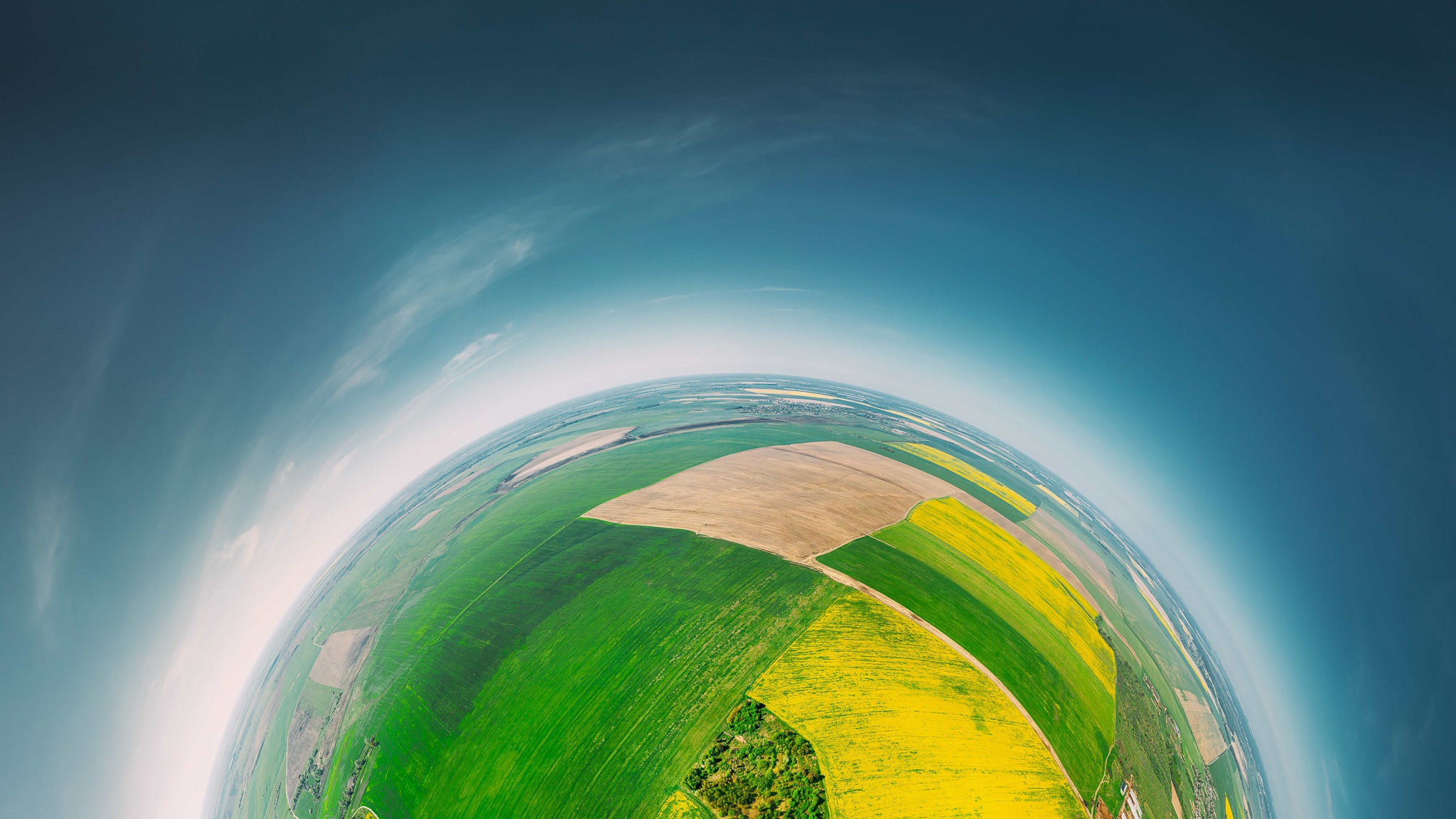Remote Sensing of Unassisted Vegetation Recovery on Abandoned Farmland in California’s Central Valley
California’s Central Valley is a major agricultural region, but decades of groundwater overdraft and recurring droughts have led to widespread farmland abandonment. When agricultural land is taken out of production, many fields remain unmanaged, leaving bare soil exposed to wind erosion degrading local air quality. Natural revegetation on these fields has the potential to stabilize soil and therefore reduce dust emissions among other ecosystem services. Despite its importance, natural revegetation on abandoned farmland in the Central Valley remains poorly understood. Do these fields (which have seen 100+ years of intensive agricultural cultivation) experience vegetation growth at all? If so, how quickly? Do the returning plant communities resemble those of natural areas?
James and Calvin began by identifying abandoned agricultural fields and their years of abandonment using the annual USGS National Land Cover Database (NLCD) and then selected adjacent uncultivated natural areas from the USGS Protected Areas Database (PAD) as reference sites. To characterize vegetation patterns and how they change across time, they used biweekly satellite imagery covering more than 30 years across the Central Valley. From this data, they developed a reproducible Python workflow in Google Earth Engine (GEE) to generate a time series of vegetation indices that indicate how canopy cover and biomass change throughout the study period. Finally, the team analyzed the differences in seasonal timing and intensity of field level green-up and senescence to detect differences in plant community composition between abandoned and reference fields. They found that overall vegetation indices levels on abandoned fields resemble those of reference sites within 10 years, suggesting that they do show signs of recovery. However, abandoned fields display much larger spikes in greenness during the wet season compared to the more natural reference sites. For abandoned fields, this pattern is consistent with the dominance of short-lived annual species that respond strongly to seasonal rainfall. These results suggest that while abandoned fields may help reduce dust by greening over, their vegetation is likely dominated by invasive annuals, limiting the broader ecosystem services they can provide.
Mackenzie and Dan’s Impacts:
- Compiled a 30-year record of farmland abandonment in California’s Central Valley
- Designed a reproducible Google Earth Engine workflow to track field-scale vegetation recovery on abandoned and reference fields
- Built a time series of vegetation indices and phenology to quantify recovery trajectories across >3,000 fields
- Found that abandoned fields show stronger wet season greening than natural reference sites, consistent with annual and invasive dominated vegetation
- Are preparing a manuscript to share insights with local land managers and conservation groups in the Central Valley, CA


